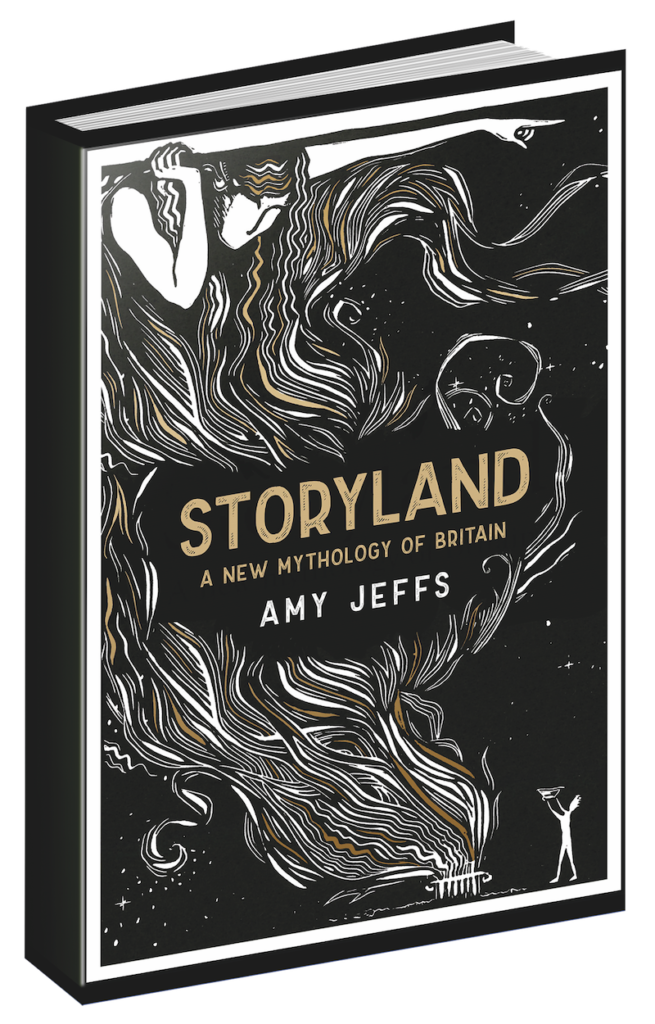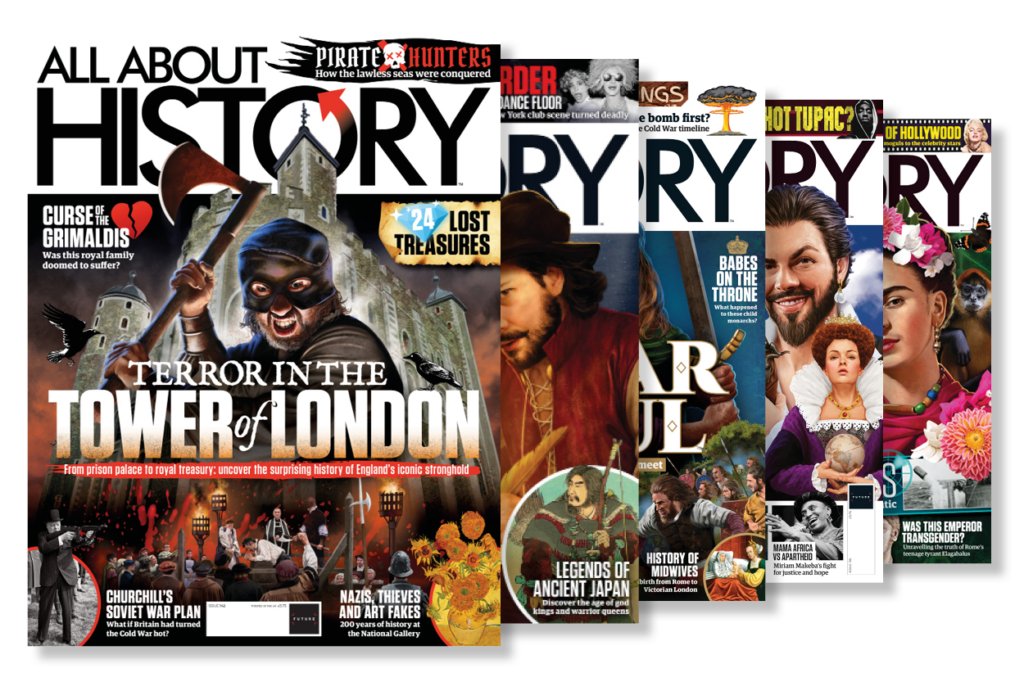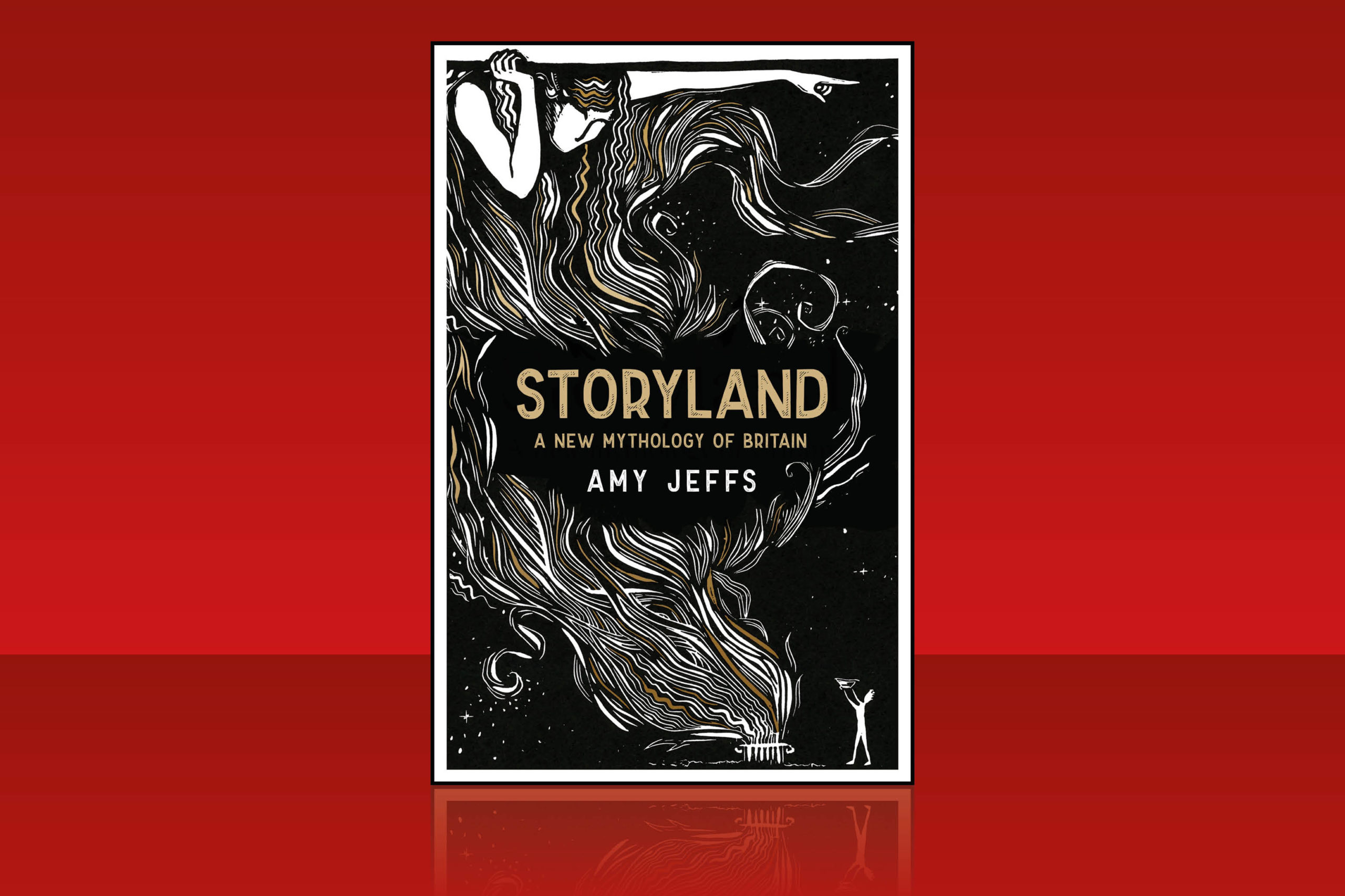A stunning retelling of Britain’s most wondrous myths
Author Amy Jeffs | Publisher Quercus Books/Riverrun | Price £25 | Released Out now
Subscribe to All About History now for amazing savings!

The rivers, forests and mountains of Britain speak beyond the known historical past. They are also places of myth, places which carry the desires, fears and identities of those who once walked among them. A mark on a monument or a name passed down can bring forth visions of dragons, giants, wizards and legendary monarchs. Such is the magic of Amy Jeffs’ book Storyland: A New Mythology of Britain, which reimagines these tales so evocatively.
Jeffs – an expert in medieval art and literature – presents 30 stories arranged into four sections: In the Beginning, Prehistory, Antiquity and the Middle Ages, with the timeline ending with the Norman Conquest of 1066. In arresting prose, Jeffs tells us how Merlin’s magic moved the colossal stones of the Giants’ Dance from Ireland to Salisbury Plain, and how Arthur came to remove the Sword in the Stone. We also meet Brutus, subject of Britain’s origin myth, and Gwendolen, daughter of Brutus’ ally Corineus, who becomes queen after removing her husband King Locrin, who spurned her for another.
Jeffs’ retellings incorporate elements of her own imagination and differing protagonists. The narrative of Sif – wife of Thor, King of Thrace – and her child Loridi is of the author’s invention (based on elements of Icelandic texts), with the tale focused on Sif’s prophecy of her future descendant Woden (Odin). Meanwhile Cordelia, King Lear’s daughter, is the protagonist of her own story, succeeding her father and reigning for five years before she is overthrown. Cordelia and Lear’s story first appeared in Geoffrey of Monmouth’s History of the Kings of Britain (c.1136), and Jeffs notes the text was written at a time when Matilda, Henry I’s heir, was battling for the English crown.
“Storyland is a joyous read celebrating the power of collective myths and the landscapes which inspired them”
Storyland abounds with myths that highlight medieval political contexts. Edward III invoked the image of Arthur – conqueror of 30 realms including France – in his claim on the French throne; while his grandfather, Edward I, linked himself to Locrin, Brutus’ eldest son, who ruled Loegria (England) and was seen as the overlord of Kambria (Wales) and Albany (Scotland), territories gifted to his brothers. But the Scottish also had their own origin myth – the story of Scota and Gaythelos – which, as Jeffs notes, was arguably more prestigious. Gaythelos was Greek (whereas Brutus was of Trojan descent), and Scota was the daughter of a Pharaoh.
Each myth is accompanied by linocut prints by the author. (The book’s cover features a striking depiction of the goddess Diana delivering the prophecy which leads Brutus to Britain.) The wonder of Britain’s historic landscapes is also evoked in the contextual sections, which at times discuss Jeffs’ experiences of visiting sites connected to these stories. As she describes Wayland’s Smithy occupying, “a wooded glade, like a brooding, grey-skinned troll,” Dinas Emrys passing as, “a tropical other-world,” at summer’s end, and Castell Dinas Bran being transformed into a hill gilded with, “powdered light,” you can almost see the dragons wheeling overhead and the giant Gogmagog in his slumber.
★★★★★
Subscribe to
All About History now for amazing savings!


